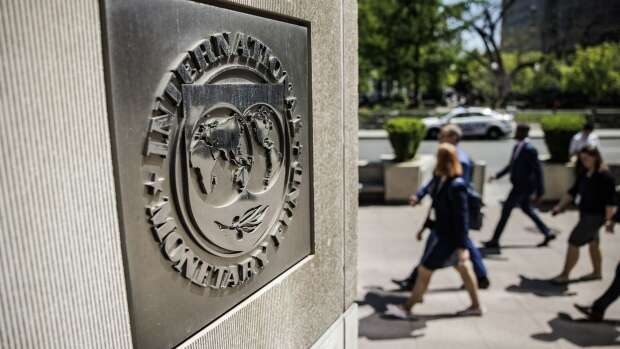By John Ikani
The International Monetary Fund (IMF) on Wednesday reported that the global debt relative to economic output saw a notable reduction in 2022 for the second consecutive year. However, this declining trend may be drawing to a close as the post-COVID growth spurt loses momentum.
In its latest update to the Global Debt Database, the IMF revealed that the world’s overall debt-to-GDP ratio decreased last year to 238%, down from 248% in 2021 and 258% in 2020.
Nevertheless, this two-year decline, fueled by robust economic expansion and higher-than-anticipated inflation, has only managed to recover approximately two-thirds of the spike in global debt caused by the pandemic. Notably, the ratio remains well above the 2019 level of 238% of GDP.
China has been a central player in the ongoing increase of global debt over recent decades, with borrowing outpacing economic growth. Despite the overall trend of moderation, China’s debt burden continued to rise, reaching 272% of GDP in 2022, up from 265% in 2021.
These figures are comparable to those of the United States, where the total debt-to-GDP ratio decreased to 274% in 2022, down from 284% in 2021, according to the IMF report.
Over the past three years, the world has experienced a rollercoaster ride in terms of debt. However, there is a likelihood of debt levels increasing once again in the medium term. In response to this, the IMF has called on governments to implement strategies aimed at mitigating vulnerabilities associated with debt, encompassing public debt, household debt, and non-financial corporate debt.
“The rebound of real GDP growth is fading. Inflation is projected to stabilize at a low level over the medium term,” stated the IMF. “If global debt resumes its rising trend going forward, the debt rollercoaster since the pandemic will appear as nothing more than a temporary deviation from its long-term upward trajectory.”




































